A Deep Dive into the Software Development Life Cycle (SDLC)
The Product Coalition
AUGUST 28, 2023
These are planning, analysis, design, development, testing, implementation, and maintenance. You should be able to define the project scope and goals clearly by outlining the objectives, functionalities, and features of the software. You can learn how to create a PRD by clicking the link. The next step is Creating a Plan.


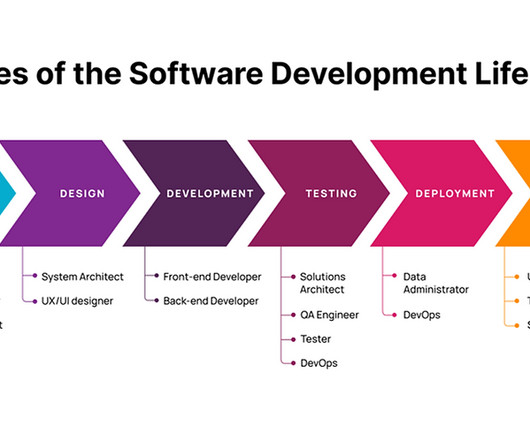


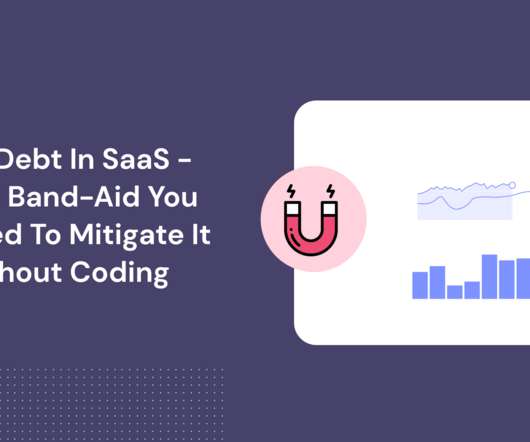
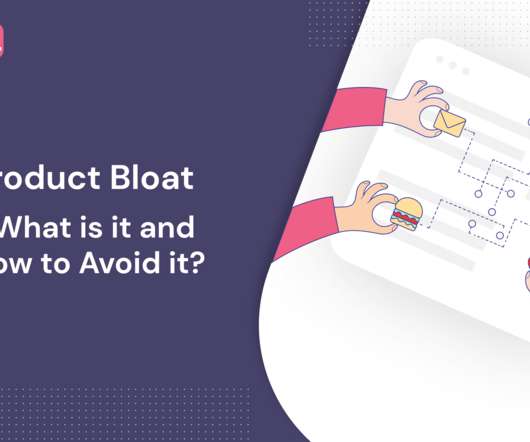
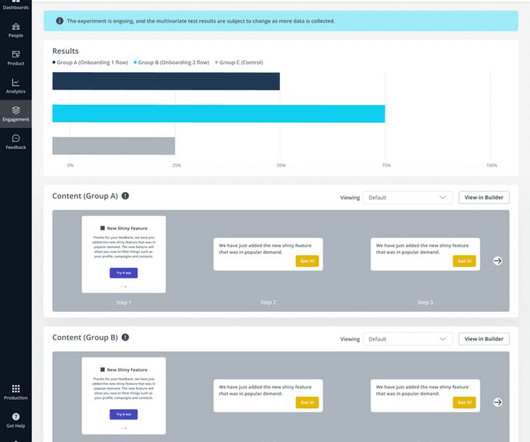
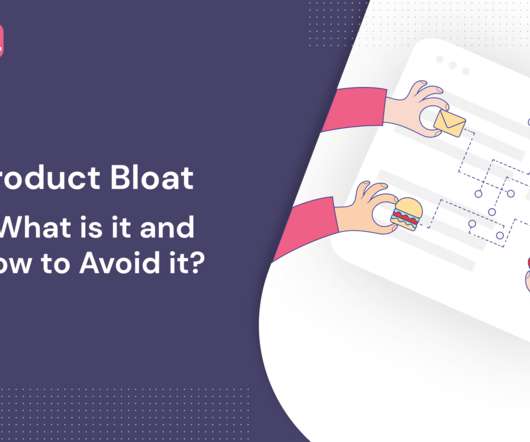

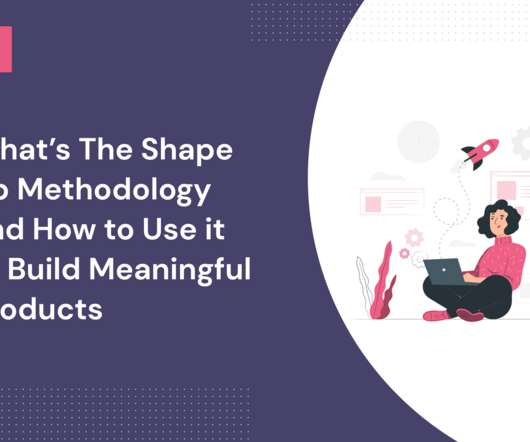








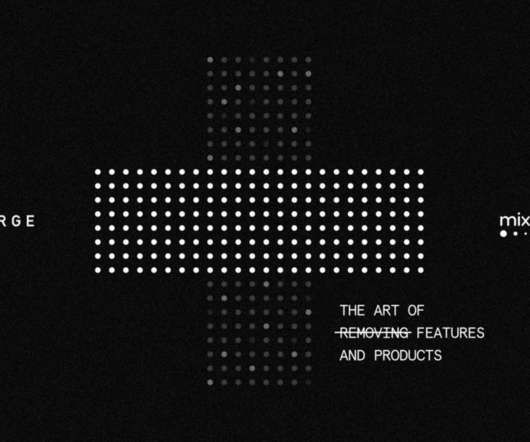
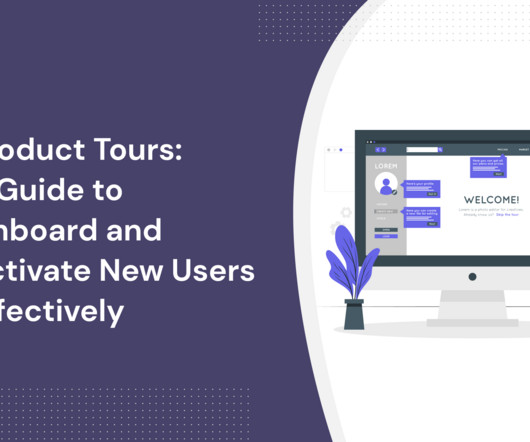
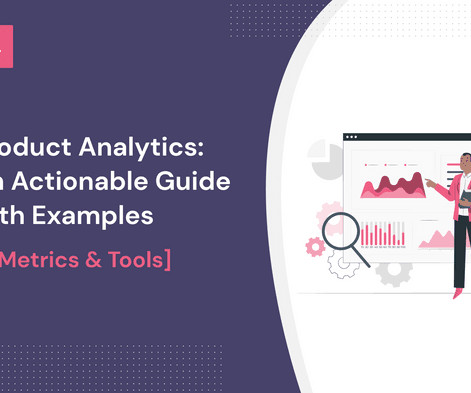












Let's personalize your content